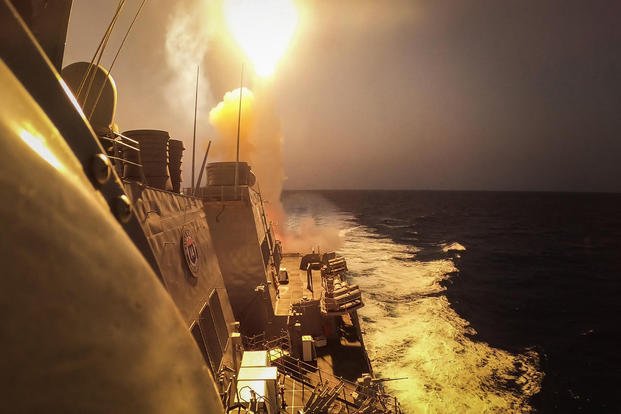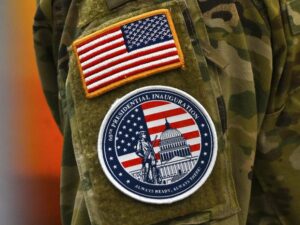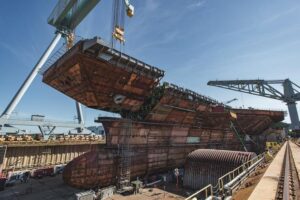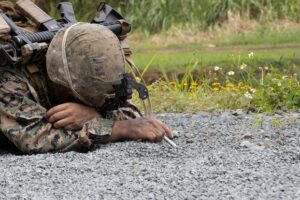U.S. Navy’s Missile Expenditure and Tactical Shifts in the Red Sea Conflict
With the Biden administration winding down, military officials are revealing more details about the U.S. Navy’s operations against Yemen’s Houthi rebels in the Red Sea, the evolving tactics over recent months, and challenges in missile production that await the incoming Trump administration.
During a Navy conference in Arlington, Virginia, Vice Adm. Brendan McLane shared that Navy vessels have used 220 missiles and 160 5-inch shells in 380 engagements. This transparency highlights the reliance on missiles to counter drone and missile threats from the Houthis, though this approach is reportedly changing.
National Security Adviser Jake Sullivan noted that while there was significant use of interceptors against drones, tactics are now evolving. Concerns over missile costs and replenishment capacity in the event of a conflict with China have driven these changes.
Missile Usage and Costs
The Navy has deployed 120 SM-2, 80 SM-6, and 20 Evolved Sea Sparrow and SM-3 missiles. Each SM-2 costs around $2 million, SM-6 missiles about $4 million, and SM-3s range from $9 million to nearly $28 million each. This expenditure illustrates a significant financial outlay, exceeding $500 million in missile costs alone.
Sullivan acknowledged the disparity between costly U.S. missiles and the simpler, yet effective, Houthi drones, stating that using expensive missiles against inexpensive drones is “just a terrible equation for us.” However, he maintained that missiles are justified against advanced Houthi threats.
Adaptations in Engagement Tactics
Despite cost concerns, Navy officials are innovating in response to “modest threats.” McLane mentioned successes using ship guns and aircraft, such as the USS O’Kane’s 5-inch gun against UAVs and a Navy helicopter’s downing of a drone, marking a tactical milestone.
Fighter aircraft from carriers have also engaged Houthi missiles, according to Sullivan. Yet, the heavy missile usage raises questions about the Navy’s readiness for potential conflicts in the Indo-Pacific, particularly against China.
Industrial Base and Production Challenges
Concerns about the U.S. industrial base’s ability to ramp up production amid rising demand have been voiced by defense experts. Post-Cold War consolidations have left only three contractors for tactical missiles: Boeing, Lockheed Martin, and Raytheon Technologies.
Sullivan highlighted the lengthy lead times for sophisticated munitions production, noting the complexity of scaling up production. He argued for a strategic balance between high-tech and simpler systems to strengthen the defense industrial base, despite potential resistance from Congress and the Pentagon.
Regarding the Houthis, Sullivan remarked on their resilience against U.S. strikes and warned that they may welcome an expanded conflict with the U.S. An extensive ground operation in Yemen remains an unattractive option.











Be First to Comment